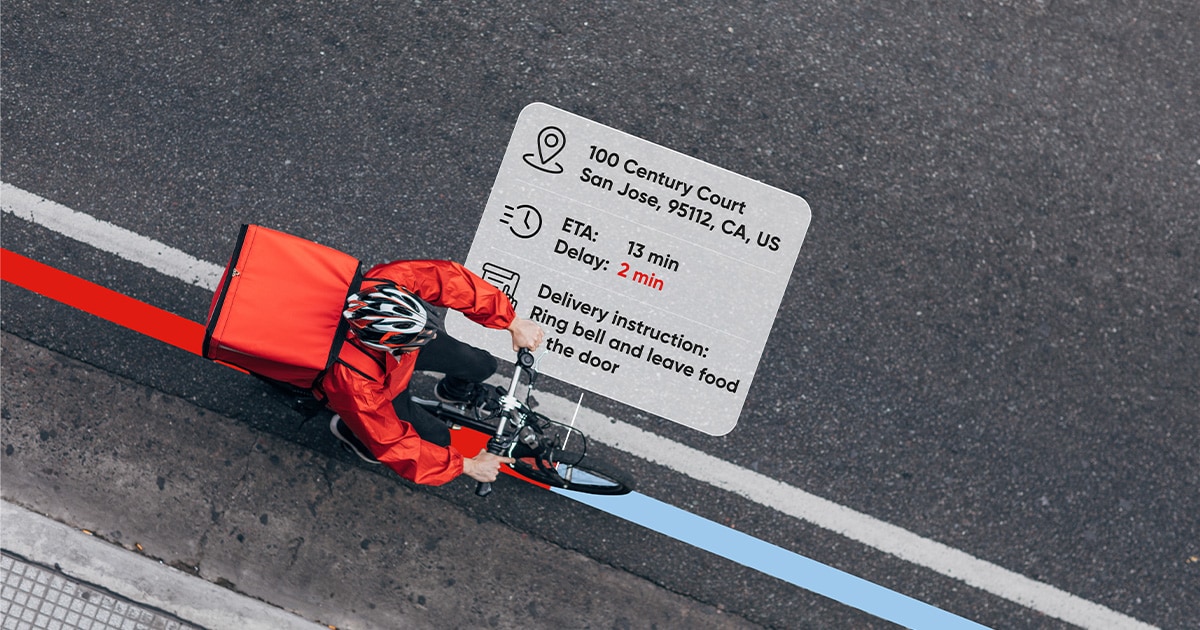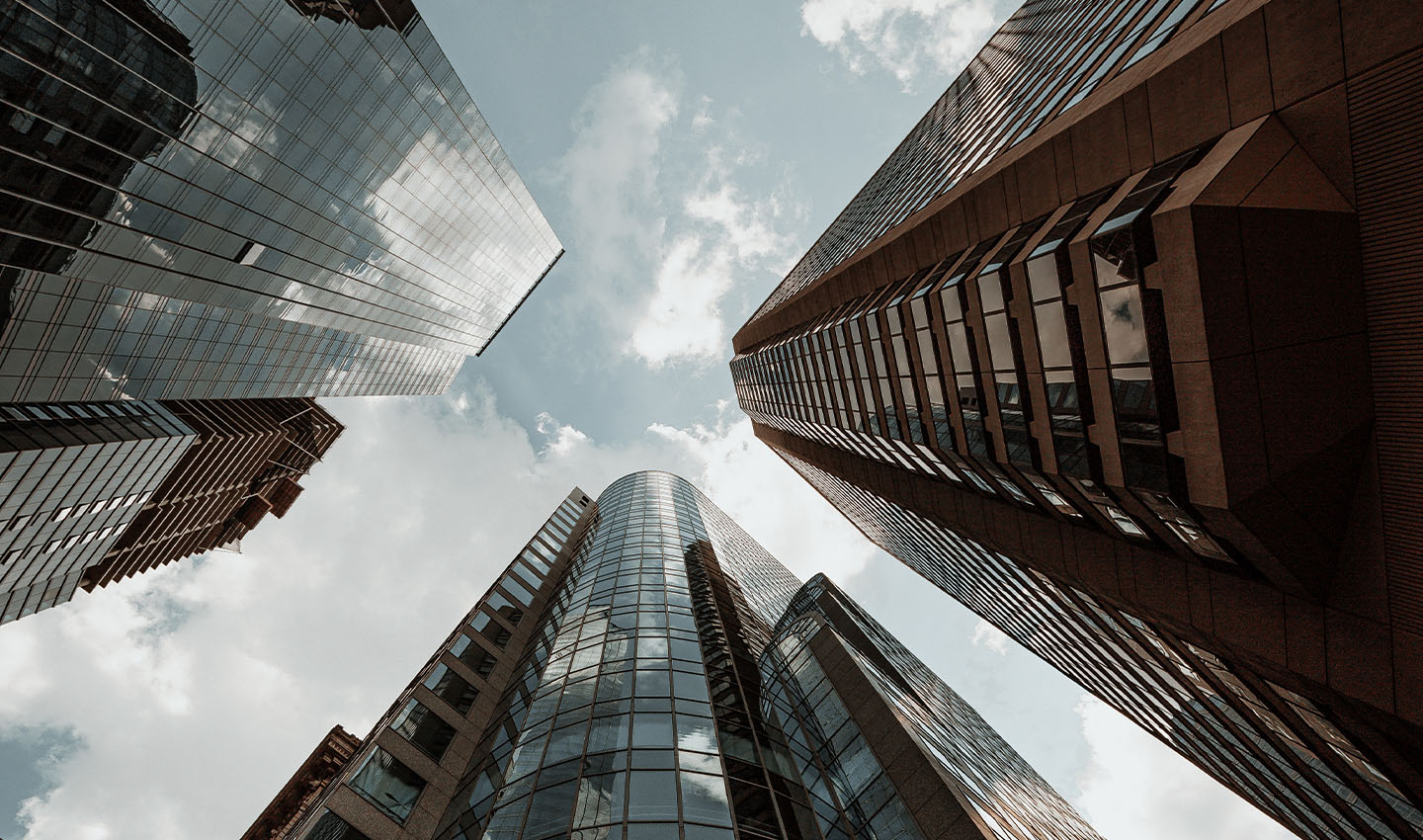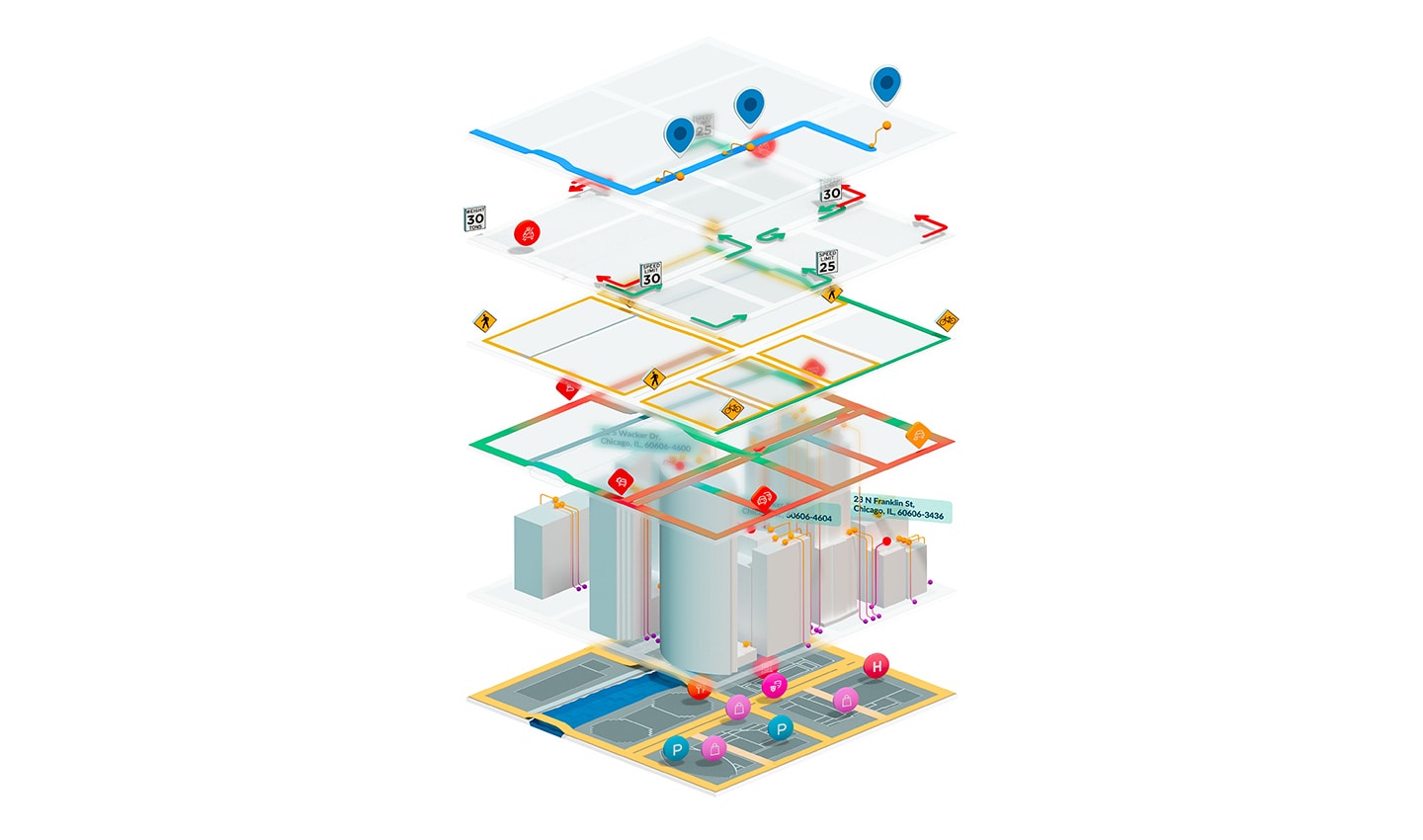
Endings matter – especially when it comes to last-mile delivery. But did you know that delivery people find the last 100 meters to be the toughest part of the whole process? We explore the reasons why, and what can be done to make the home stretch of the last mile smoother for drivers, businesses and customers.
Whether it’s groceries or online orders, last-mile delivery is a business of accuracy, speed and volume. Deliveries need to be made quickly on the first attempt, otherwise everyone loses out: the customer receives less-than-stellar service; the driver spends longer on deliveries and earns less; and the delivery provider risks higher costs and lower consumer satisfaction.
Nowhere is this truer than in the very final stages of a delivery: the last 100 meters. It’s also where deliveries run the biggest risk of encountering issues, as TomTom’s UX research team discovered.
In early 2023, the team interviewed close to 140 on-demand delivery drivers (food, packages and groceries) from more than 15 countries worldwide about their experiences making deliveries. When asked what part of the delivery process they felt was the toughest for them, almost all agreed that it lay in the last 100m.
What makes the last part of the last mile so hard?
There are multiple factors at play here, according to Olivia Cabello, UX researcher at TomTom, who led the study.
“We identified four parts of the last 100m that can be potential sticking points for a driver,” she explains. “First is finding the right address. Second is finding somewhere to park. Third is getting into the building itself. Fourth is locating the right door and handing off the delivery to the customer.”
On paper, these don’t seem like impossible hurdles to overcome. After all, many deliveries make it through the last 100m without any issues. But the reality is that these seemingly simple steps involve a great deal of complexity and unpredictability – which can get in the way of a smooth last-mile experience.
Consider that first step: finding an address. Usually, all a driver needs to do is follow the turn-by-turn directions in their delivery app. But what if that app directs them to a road in front of the delivery destination, only for them to find that the building entrance isn’t there, but further around the corner? What if they’re making a drop-off at a new apartment complex that isn’t marked on the map yet? Or what if a building has been renovated, and its floorplan has changed, but the map hasn’t been updated with the new address structure? Sticking points like these can all keep drivers from reaching their destination on time.
Even if a delivery person arrives at the right address without any bumps along the way, gaining access to the building itself can still pose an obstacle.
“In some parts of Latin America, for example, it's quite common for people to live in gated communities,” Cabello says. “This creates an extra challenge for the delivery courier, who has to stop at a security checkpoint before entering the neighborhood, which delays them even more.”
It’s not just gated communities that are tricky to navigate…
Interviewees considered multi-story buildings the most difficult place to deliver to.
Some food delivery drivers revealed that they avoid accepting orders to large offices or residential buildings altogether. For them, it’s simply not worth the effort of grappling with an intercom system or checking in with a doorman. And if the customer wants the order brought right up to their door, the delivery person then has to find the right elevator, travel to the right floor and find the right door – no easy task in big buildings with maze-like layouts.
 As impressive as multi-story buildings like these are to look at, they’re notoriously difficult to deliver to and everyone is different inside. Credit: Unsplash.
As impressive as multi-story buildings like these are to look at, they’re notoriously difficult to deliver to and everyone is different inside. Credit: Unsplash.As cities grow denser, with more multi-story buildings rising year-on-year, this is an issue that delivery drivers won’t have the luxury of avoiding.
“The world is becoming more urbanized, and as big apartment complexes become more common, it’s going to be harder for couriers to avoid delivering to these locations,” Cabello explains. “I think that's why now is the time to think about how we can help delivery people move through the last 100m in less time and with less hassle.”
How do we deliver a better last mile?
Logistics and delivery companies have already been trying to tackle the last mile problem for some time now – and for good reasons. Ironing out the issues that delivery people currently experience would result in faster deliveries and lower costs, plus happier drivers and customers – a win-win situation for everyone involved.
The trouble is that there isn’t a single, simple solution for making the last 100m smoother. According to Jonathan Americo, Senior Product Manager for TomTom’s Traffic solutions: “I don’t think there’s a way for any one company to solve this alone. It would take a much deeper level of partnership than we currently see in the industry.”
This doesn’t mean that the problem is unsolvable. Americo highlights Grab – the Singapore-based “super-app” offering everything from on-demand rides and deliveries to digital financial services – as an example of a company that’s making real strides in tackling last-mile challenges in Southeast Asia.
Grab pays its driver and delivery partners to contribute to its maps, providing real-time, on-the-ground data on addresses and points of interest (POIs). This gives the company's map versions an edge in accuracy, coverage and freshness – making it quicker and easier for delivery people to reach the right destination.
“TomTom is emulating something similar with its new map and Orbis Maps,” states Americo. “Users of the map can collaboratively contribute data about the last 100m, which we will add to our maps, to create broader benefit from that on-the-ground knowledge.”
 Solving the challenges of the last 100m will require greater collaboration, more data and the freshest maps. TomTom's new map will bring all those things.
Solving the challenges of the last 100m will require greater collaboration, more data and the freshest maps. TomTom's new map will bring all those things.Indeed, Cabello thinks TomTom Maps, with its collaborative database, has a pivotal part to play in sparking such a shift – taking location information that normally sits in closed, proprietary systems and bringing it together to build a richer, more accurate map.
“Right now, delivery people often have to hop between different sources to get information on an exact address; for instance, they might use a maps app to navigate to and address, then switch to their delivery app to check if the customer has included more detailed directions in the order notes,” Cabello says.
“With TomTom Maps, the vision is to unite all of that data in one map. I think it has an important role to play in moving us towards a more accurate and complete picture of the last 100m – giving delivery people the information they need to find their way faster, more easily and more accurately.”
People also read
)
How WowTruck maximizes efficiency of fleet tracking and delivery
)
How to optimize fleet routing and improve ETAs
)
Navigation SDK: Powering developers and drivers for fleet and logistics
)
Satellite imagery: Greater detail means greater efficiency for fleet and logistics
* Required field. By submitting your contact details to TomTom, you agree that we can contact you about marketing offers, newsletters, or to invite you to webinars and events. We could further personalize the content that you receive via cookies. You can unsubscribe at any time by the link included in our emails. Review our privacy policy. You can also browse our newsletter archive here.
)